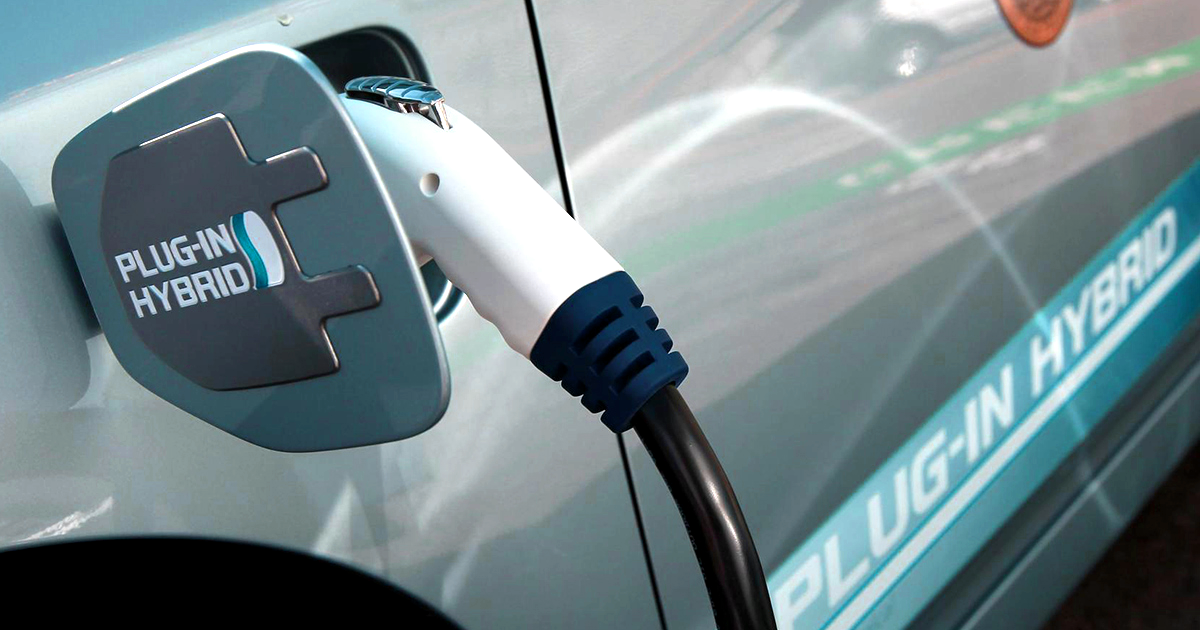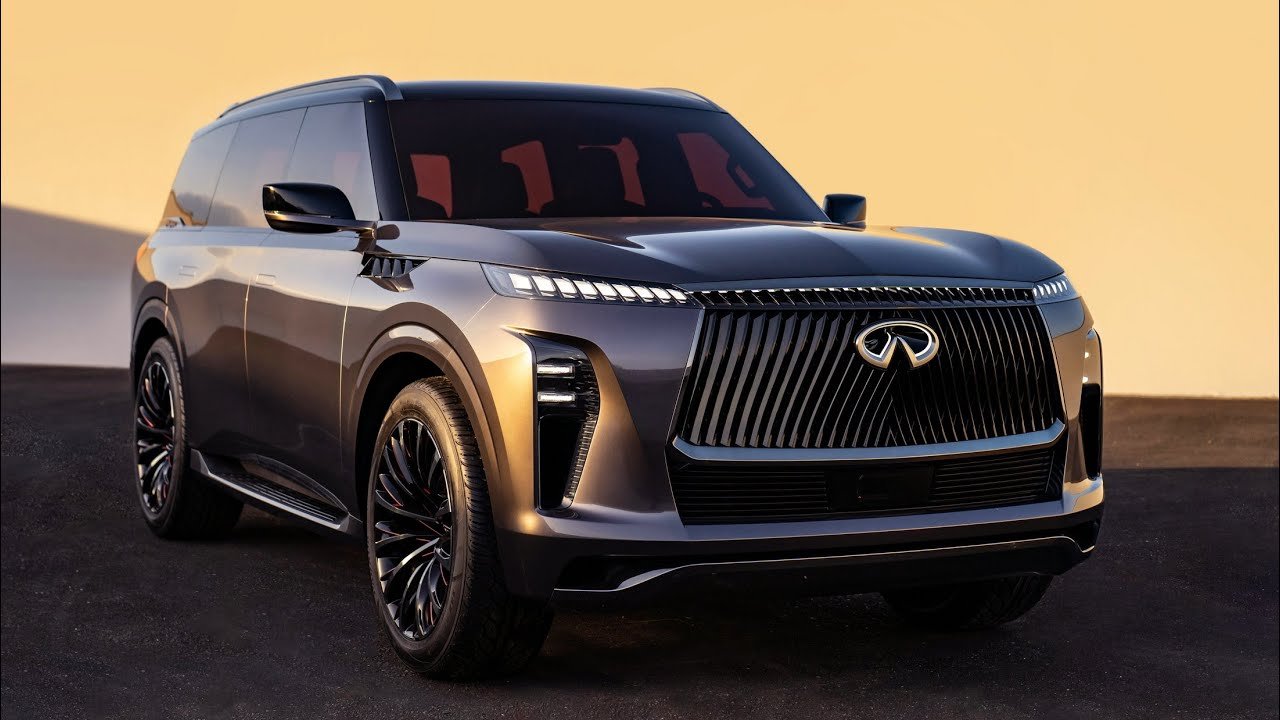
For good reason, plug-in hybrid electric vehicles (PHEVs) are rapidly becoming some of the most popular automobiles on the road. Drivers receive improved performance and fuel economy without committing to a fully electric vehicle.
You have an electric car that operates on gasoline when the batteries are depleted and can be plugged in overnight for additional power. Before shelling out your hard-earned cash for a new hybrid electric vehicle, here are a few things to think about or contemplate.
1. How do Plug-in Hybrid Electric Vehicles work?

You’re not alone in wondering how a PHEV functions. There are conventional hybrid vehicles, such as the Toyota Prius, that incorporate the gas and battery systems for increased range and can operate on either system. It lacks a connector. Then there are moderate hybrid vehicles, which primarily supplement the gasoline-powered engine.
The two propulsion systems of a PHEV, or plug-in hybrid electric vehicle, can operate in tandem or independently. Normal driving is permitted, and the system combines excellent performance and range. The majority of PHEV owners charge their vehicles overnight, allowing them to drive to work every day without pausing for gas. For instance, depending on the model, the 2023 Jeep Grand Cherokee 4xe PHEV can travel 20 to 30 miles on electric power alone. Some high-end models have an electric-only range of 50 to 60 miles.
However, the gas engine allows you to continue driving even when the battery power runs out, which is a major benefit for those with range anxiety or on longer trips. The majority of PHEV models utilize a larger battery pack than conventional hybrids, and level 1 charging, which is relatively sluggish, is accomplished through a household AC wall outlet. Certain PHEVs feature both level 2 and DC rapid charging capabilities. Clearly, PHEVs have many advantages.
2. Excellent Driving Range & Performance
Range and eMPG improvements are, as anticipated, among the most significant advantages of purchasing a PHEV. Combining a battery system with a smaller gasoline engine provides these vehicles with exceptional eMPG during city driving or stop-and-go traffic, as they will rely solely on the battery system. Then, as you reach highway velocities, these motors relieve the pressure on the gasoline system, resulting in decreased fuel consumption.
Many PHEVs have sufficient range for a daily commute to work without using petroleum. Instead, they charge the battery every two days by plugging in the vehicle.
Nevertheless, this is not the only benefit. For the majority of vehicle models, including the Toyota RAV4, paying a bit more for the PHEV model (Toyota RAV4 Prime) will result in considerably superior performance and range benefits. For instance, the RAV4 Prime can accelerate from 0-60 mph in 5.5 seconds. All while receiving an estimated 94 eMPG, per the EPA. In addition, the RAV4 Prime offers approximately 42 miles of EV-only range. I don’t know about you, but with current petroleum prices, that sounds fantastic.
3. Standard Home Charging Is Slow
In addition to the apparent performance and range enhancements, the ease of charging is what makes plug-in hybrid vehicles appealing to the general public. All PHEVs are compatible with standard 120V AC household and garage outlets. Unfortunately, this is exceedingly sluggish, and you will likely gain only 4–6 miles per hour on the charger. However, overnight charging is typically sufficient for two lengthy daily commutes. It is also affordable and less expensive than replenishing your gas tank.
And remember, if the battery runs out, the gasoline-powered engine will still get you to your destination. Many PHEVs support level 2 fast charging in addition to the standard 240V outlet found in the majority of households for washing machines and dryers. However, this may incur additional costs for the installation of faster home charging. With a level 2 charger in public or at home, you can achieve a range of up to 25 miles per hour.
Some plug-in hybrids can use the DC fast charging networks throughout the city, which can entirely charge the smaller battery in about 25 minutes. Know that it will be a sluggish charge for most, while your luxury vehicle charges with a standard plug.
4. No Range Anxiety

I do not fully comprehend the argument surrounding “range anxiety” in electric vehicles, in which skeptics assert that most EV owners are apprehensive and fear running out of battery. The same phenomenon occurs with gasoline-powered cars. Electric vehicles are still relatively new, and the estimated battery life is not always accurate, so I suppose this is a concern for some. No one desires to be stranded due to a lack of gas or battery.
If you choose a PHEV, this is not a problem. Even if you neglect to charge your battery or run out of juice, you have a powerful gas engine to get you home. This is particularly beneficial for extended road trips.
In contrast, if you run out of gas, you would have sufficient battery charge to make it to a nearby gas station to refuel. Using regenerative braking, the vehicle actively recharges the battery while driving. Get rid of “range anxiety” by purchasing a PHEV.
Read: What Is the Range of a New Electric Car?
5. More Maintenance Than An EV
EVs require less maintenance than ICE (internal combustion engine) vehicles, but you still need to maintain the battery, tires, certain lubricants, and air filters. A PHEV still requires less maintenance than a conventional vehicle, but it requires more upkeep than an electric vehicle.
This is both a pro and a con, as you will benefit from features such as regenerative braking and will need to replace your brakes less frequently. However, it will require more maintenance than a Tesla, and the conventional engine will still require oil changes.
6. Slower Speeds Use Electric-Only Modes
Notably, the electric-only mode is designated for slower speeds on many PHEVs on the market. Depending on the model, you cannot travel at 65 mph on the highway without using the petroleum engine. Typically, the EV-only system operates at slower speeds in urban areas, parking lots, and between traffic signals. Nevertheless, this is when vehicles normally achieve the lowest fuel economy, making it a significant advantage of owning a PHEV.
7. Potential Tax Credits and Savings
Did you know that despite all the changes to the federal EV tax credit system, many hybrids still qualify? Yes, you can receive a generous tax credit for purchasing a PHEV, as the distinction is not limited to wholly electric vehicles.
Depending on where your plug-in hybrid was manufactured, the total cost, battery components, and other factors, you may be eligible for federal tax credits ranging from $3,750 to $7,500. Moreover, you should investigate state and local tax credits to save even more money.
Should Your Next Car Be a PHEV?
Clearly, purchasing a plug-in hybrid electric vehicle has both advantages and disadvantages. Consider a hybrid if you want some of the performance and range benefits of an electric car without making the full commitment.
A conventional hybrid without a plug is more of a stopgap, whereas a PHEV is the ideal compromise for prospective purchasers. You will become accustomed to occasionally plugging the vehicle in to charge while still being able to stop for gas and drive extended distances. Simultaneously, you will have a modern car that is fun to operate, highly capable, and likely provides greater range and performance than its gas-powered equivalent. Plug-in hybrid vehicles offer respectable fuel economy, capacity, and pricing in a manner that is familiar to the majority of purchasers.



